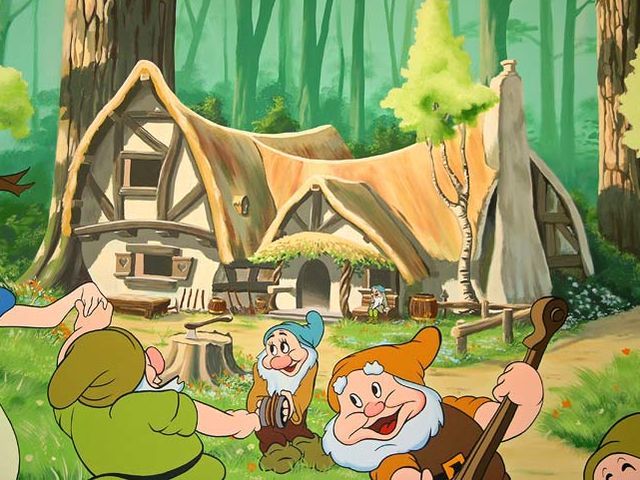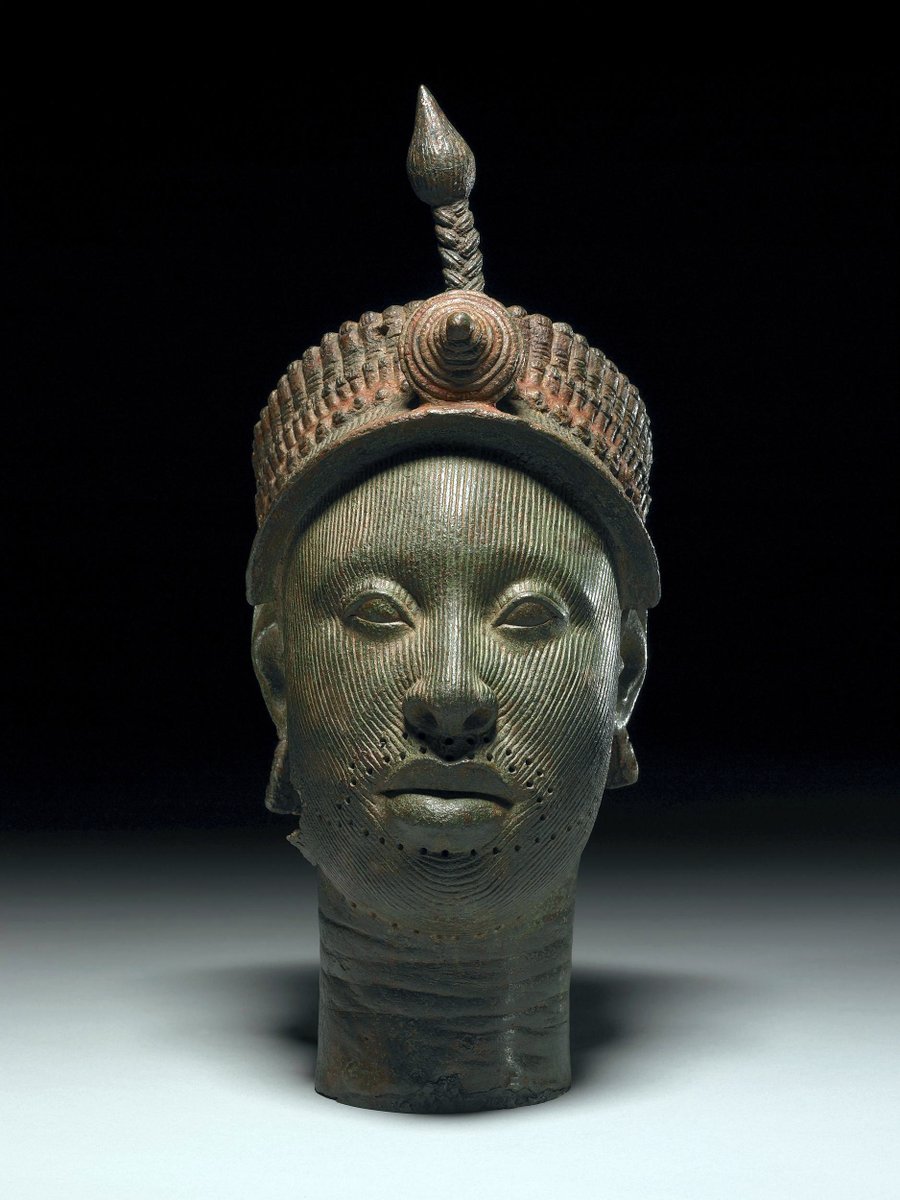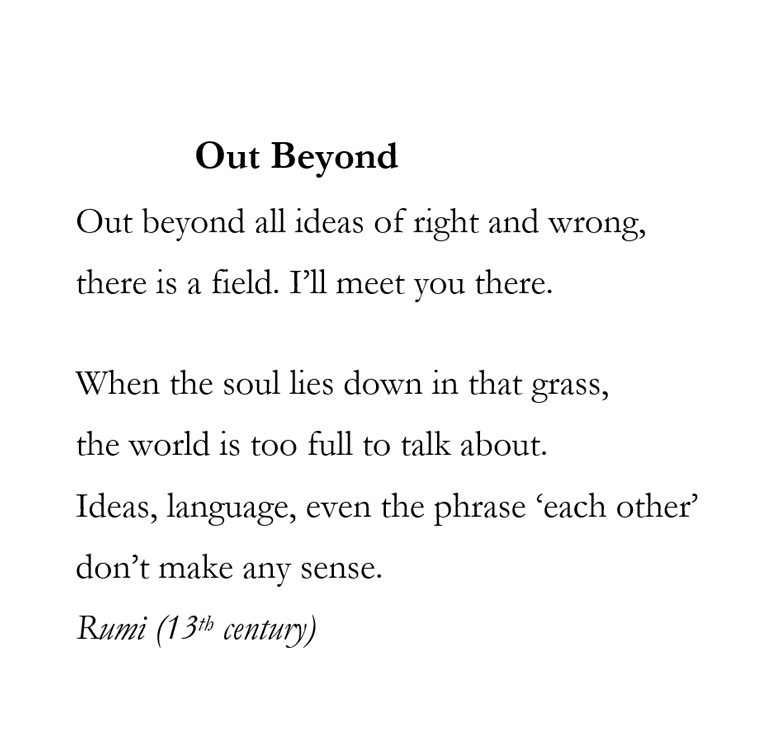
The answer is simple: we don't know.
In the absence of any explanation from the painter himself, we simply have to speculate about what prompted van Gogh to paint this rather gloomy, if not morbidly funny, portrait...
In the absence of any explanation from the painter himself, we simply have to speculate about what prompted van Gogh to paint this rather gloomy, if not morbidly funny, portrait...
It was painted when van Gogh was thirty three and studying (briefly) at the Royal Academy of Fine Arts in Antwerp.
In such academies they used skulls as models for drawing; students would learn both about human anatomy and how to render depth and surface.
In such academies they used skulls as models for drawing; students would learn both about human anatomy and how to render depth and surface.

Van Gogh also painted these skulls in 1888, which with the smoking skull are three of only four times he ever painted a skeleton.
Was he simply practicing anatomical modelling with his own personal flair? Or was he making fun of the whole, old-fashioned, stuffy process?

Was he simply practicing anatomical modelling with his own personal flair? Or was he making fun of the whole, old-fashioned, stuffy process?


We know that van Gogh ran into trouble at the Antwerp Academy.
They, just like the influential Parisian School of Fine Arts, taught painting as it had been in the Renaissance: drawing first, colour later.
This Academic style was about perspective, depth, and "realism".
They, just like the influential Parisian School of Fine Arts, taught painting as it had been in the Renaissance: drawing first, colour later.
This Academic style was about perspective, depth, and "realism".

But we know that van Gogh was less interested in studio realism and more in the feeling of a moment or place, wrapped up in a kaleidoscope of vivid colours.
Less depth and shape, a flatter perspective, unnatural colours, though perhaps realistic in a *different* way.

Less depth and shape, a flatter perspective, unnatural colours, though perhaps realistic in a *different* way.


So, at the very least, we might say that Skull of a Skeleton with Burning Cigarette is a mission statement about van Gogh's identity as an artist.
That he rejected the "drawing" and "realism" of the Academy in favour of colour and feeling.

That he rejected the "drawing" and "realism" of the Academy in favour of colour and feeling.


And we might also suppose that the smoking skeleton is a "vanitas" or "memento mori".
This is a genre of painting, popular down the centuries, which can take many forms. The idea is to remind us of the transience of life and the inevitablity and ubiquity of death...
This is a genre of painting, popular down the centuries, which can take many forms. The idea is to remind us of the transience of life and the inevitablity and ubiquity of death...
There was a long tradition of painting still lifes with a memento mori.
As in this 1642 work, where we see the finely detailed fabric, careful lighting, and exquisitely realised surfaces of metal and glass and flowers that we associate with the still life.
Along with a skull...
As in this 1642 work, where we see the finely detailed fabric, careful lighting, and exquisitely realised surfaces of metal and glass and flowers that we associate with the still life.
Along with a skull...

Or in this rather more strikingly composed still life from the same time, by Harmen Steenwijck.
Life, whatever its pleasures, must end.
Life, whatever its pleasures, must end.

The unexplained presence of a skull is certainly startling, especially when considering what still lifes are usually like.
They are a moment frozen in time, one of seeming decadence, with a focus on luxurious foods and materials: really the *opposite* of a memento mori.
They are a moment frozen in time, one of seeming decadence, with a focus on luxurious foods and materials: really the *opposite* of a memento mori.

But the memento mori goes beyond still life, as in this wonderful self-portrait by the great proto-Romantic artist Salvator Rosa, painted in 1647.
The book on the table is by Seneca, and on the skull Rosa is writing "Behold, whither, eventually" in Greek.
The book on the table is by Seneca, and on the skull Rosa is writing "Behold, whither, eventually" in Greek.

One of the most famous memento moris in art is the distorted skull in the foreground of The Ambassadors, painted by Hans Holbein the Younger in 1553.
On the right you can see it from a different angle, revealing the full skull. This is another of art's great mysteries.

On the right you can see it from a different angle, revealing the full skull. This is another of art's great mysteries.


And so, returning to van Gogh, we may draw a connection with the memento mori and his smoking skull.
Just before its creation van Gogh had been living with and painting the peasants in Nuenen, whom he depicted rather gloomily, plus becoming sick and poor himself...
Just before its creation van Gogh had been living with and painting the peasants in Nuenen, whom he depicted rather gloomily, plus becoming sick and poor himself...

And so, perhaps inspired by the poverty and ill-health in which he been living, van Gogh took the standard practice of modelling human skulls as a chance to say something deeper and profounder.
It certainly says more to us than a typical student's skeleton study:

It certainly says more to us than a typical student's skeleton study:


Is it an anti-smoking message? Apparently not. Van Gogh was a heavy pipe-smoker throughout his life and basically lived on tobacco.
And, as he once wrote, "the most beautiful paintings are those one dreams of while smoking a pipe in one's bed."
And, as he once wrote, "the most beautiful paintings are those one dreams of while smoking a pipe in one's bed."

So that's the memento mori.
But returning to the original question - why did Vincent van Gogh paint the smoking skeleton? - brings us to something fascinating and interminable about art.
But returning to the original question - why did Vincent van Gogh paint the smoking skeleton? - brings us to something fascinating and interminable about art.
Consider: why did Vincent van Gogh paint these sunflowers?
Did he find them beautiful? Did he find their brightness charming? Did he simply wish to experiment with vivid shades of yellow? Was he angry, sad, happy?
Did he find them beautiful? Did he find their brightness charming? Did he simply wish to experiment with vivid shades of yellow? Was he angry, sad, happy?

We may ask this question about any given painting, and in the absence of an anecdote or explanation from the artist, we must simply speculate about why they painted it.
Though, in the end, it might not even matter. What's important, perhaps, is what a painting means to us.
Though, in the end, it might not even matter. What's important, perhaps, is what a painting means to us.
We shall never be sure why Vincent van Gogh painted the Skull of a Skeleton with Burning Cigarette.
Perhaps it was satire, perhaps an artistic statement, perhaps a momenti mori, perhaps a joke, perhaps a playful experiment, maybe none of these... maybe even he didn't know!
Perhaps it was satire, perhaps an artistic statement, perhaps a momenti mori, perhaps a joke, perhaps a playful experiment, maybe none of these... maybe even he didn't know!

We have all probably spent far more time wondering about this question than van Gogh ever did.
Which leaves us with the most important question of all, then: what does it mean to you?
Which leaves us with the most important question of all, then: what does it mean to you?
If you enjoyed reading about Van Gogh's smoking skull then you may wish to join the 40k+ readers of my free weekly newsletter, Areopagus.
It features seven short lessons every Friday, including art, architecture, and rhetoric.
Consider subscribing here:
culturaltutor.com/areopagus
It features seven short lessons every Friday, including art, architecture, and rhetoric.
Consider subscribing here:
culturaltutor.com/areopagus
• • •
Missing some Tweet in this thread? You can try to
force a refresh



















